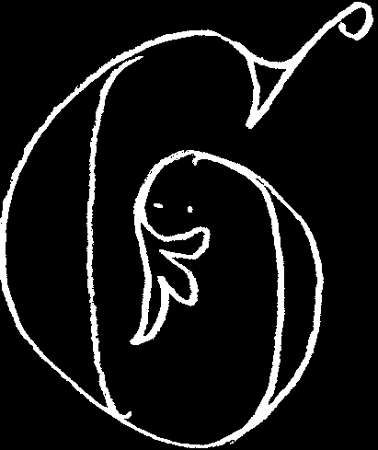
|
Gravell Watermark Archive
Charles-Moïse Briquet (1839-1918) |

|
Gravell Watermark Archive
Charles-Moïse Briquet (1839-1918) |
Charles-Moïse Briquet's album of watermarks (Les Filigranes) has been the standard reference tool for bibliographers and paper historians since its publication in 1907. Despite its importance, however, the album is not all that it could have been. Allan Stevenson remarks on some of its deficiencies in his introduction to the 1968 "Jubilee" edition of Les Filigranes:
As all handmade paper has been manufactured on twin moulds, employed together at the vat, collections of watermarks should show both members of a pair. Together the two marks that make one paper greatly increase the ease of identifying that paper, even when they occur underneath type, for one of the marks may be confusingly similar to another mark. Briquet was misled by an imperfect understanding of these companion marks and their function for paper study, and was hampered by the economic necessity of presenting as many marks as possible. As it was, he cut his collection from some 60,000 to 16,112, thus jettisoning numerous twins, as we learn from examining the Briquet Archive at Geneva. The fact that inclusion of twins would have made a more valuable work is apparent in those few instances where twins did get in. (Stevenson 1968, p. *18)
In "Watermarks are Twins" (1951-1952), Stevenson discusses "twins" and the process of paper production that creates them. The figures Stevenson cites above are apparently in error. When we acquired digital copies of the unpublished watermarks, they numbered 29,728 instead of the anticipated 44,000.
A researcher attempting to make an identical match of a given watermark with a published facsimile in Briquet in fact faces very slim odds of accomplishing that end. Stevenson has calculated those odds at "no more than five percent" (given that Briquet reproduces approximately 16,000 of an estimated 250,000 marks prior to 1600; 1950, p. XLII). Assuming one finds a morphological similarity between the mark in hand and one in Briquet, one is then likely to find in Briquet's description of the mark a reference to other instances of the mark found in artifacts ranging over several years or even decades. The problem, of course, is that one has--until now--had no easy means of consulting those other examples. In July 1998, Mosser spent ten days working with the "Papiers Briquet" at the Bibliothèque publique et universitaire ("Ms Briquet xxx" at the Bibliothèque de Genève). The Briquet papers include a great deal more than the published and unpublished tracings. We have published a translation and annotation of the Bibliothèque's typescript inventory as part of the Thomas L. Gravell Watermark Archive on the World Wide Web (see Papiers Briquet" and "The Papers of Charles Moïse Briquet"). The five cartons (F 78-82) of unpublished tracings (on tracing paper cut to approximately 12 x 9 cm) contain 15.5 x 13 cm envelopes categorized by watermark typology. The tracings include laid lines and attendant chainlines, a Briquet number in red, information about distances between chainlines, paper size (with an "R"--for rogné--if trimmed), and the archive and the artifact from which the tracing derives. Most, but not all, are dated.
The published tracings in Les Filigranes are very close reproductions of the original tracings (preserved in cartons F 75-77); that is, they are faithful to the size of the watermark and the spacing of chains and laid lines. In addition to the red accession number that accompanies the unpublished watermarks, the originals of the published tracings also bear the number (usually in green, but in some cases in red with a circle around it) assigned to them in Les Filigranes.
As a test of the usefulness of the archive, in advance of Mosser's trip to the Bibliothèque publique et universitaire, he reproduced on transparencies thirty facsimiles of watermarks that he was interested in matching. He was able to make exact or nearly-exact matches with twenty-one of those thirty watermarks. Given Stevenson's reckoning of the odds against such success, there was no doubt some serendipity involved, but since the archive holds some 29,000 tracings, the chances of making good matches should be about one in eight (approximately twelve percent).
Subsequent to his research trip to Geneva in July 1998, Mosser made a proposal to the administrators of the Bibliothèque publique et universitaire to publish Briquet's unpublished watermark tracings on the World Wide Web and, in January 1999, received written permission to proceed. In March 2000, we obtained funding in the form of a Virginia Tech College of Arts & Sciences "Millennium Grant" ($10,000) to have the Briquet tracings and data digitized and burned onto a CD-ROM at 300 dpi in TIFF format. The Bibliothèque publique et universitaire then arranged with Microfilm Service, in Geneva, to carry out this process, and we now have a CD with the approximately 29,000 scanned images in hand (a duplicate was made for the the Bibliothèque publique et universitaire in Geneva). See futher Mosser 2001 for an illustrated discussion of the usefulness of this archive.